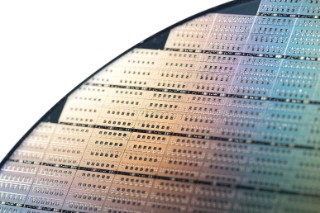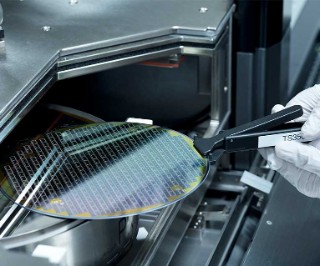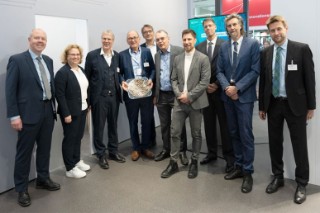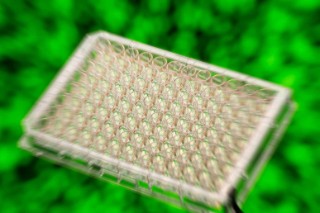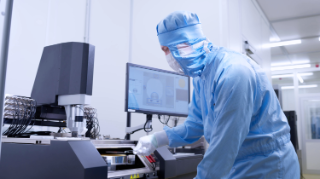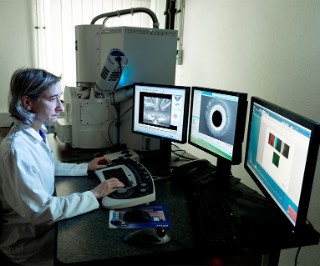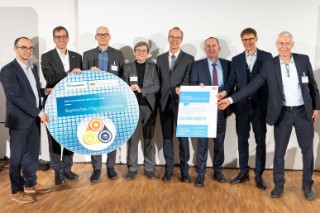Press briefing: Cooperation between Fraunhofer EMFT and OTH Regensburg / 2025
Strong alliance for advanced chip design solutions
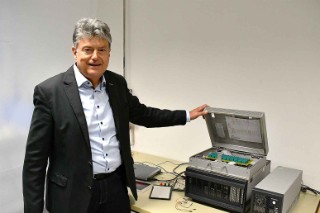
The topic of chip design has developed into a central strategic competence at the Fraunhofer EMFT in recent years. In order to further optimize its R&D portfolio, the Munich-based institute will cooperate closely with Prof. Dr.-Ing. Rainer Holmer from OTH Regensburg in the future. Such close research cooperation with a Fraunhofer Institute is a unique opportunity for a university of applied sciences and underlines OTH Regensburg's high level of expertise in this field. The focus of the cooperation is on test development in the field of chips and systems, in which Prof. Holmer will provide significant new impetus. For OTH Regensburg, this closer cooperation, which began in 2024, marks a further milestone in positioning Eastern Bavaria as a strong location in the global semiconductor industry.
more info